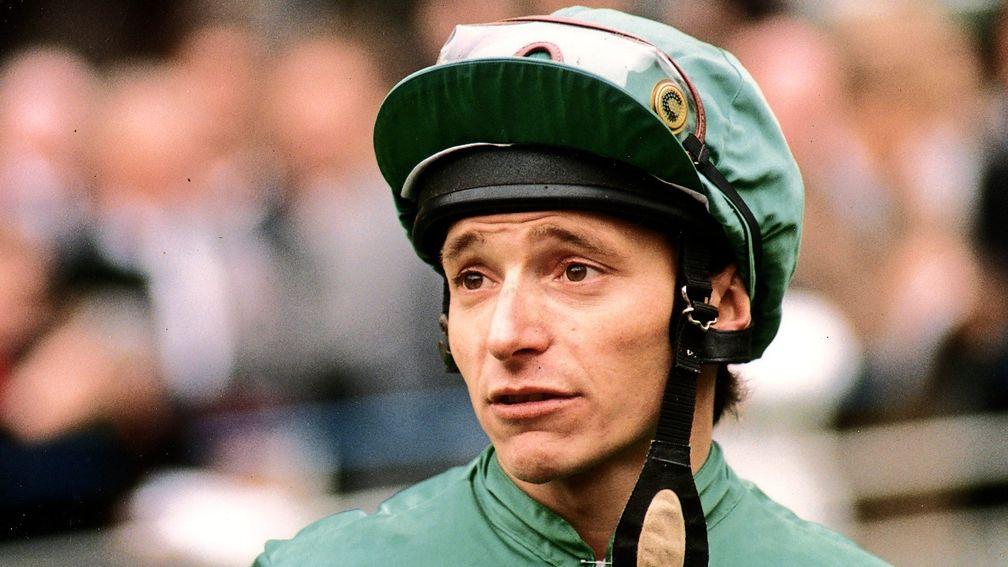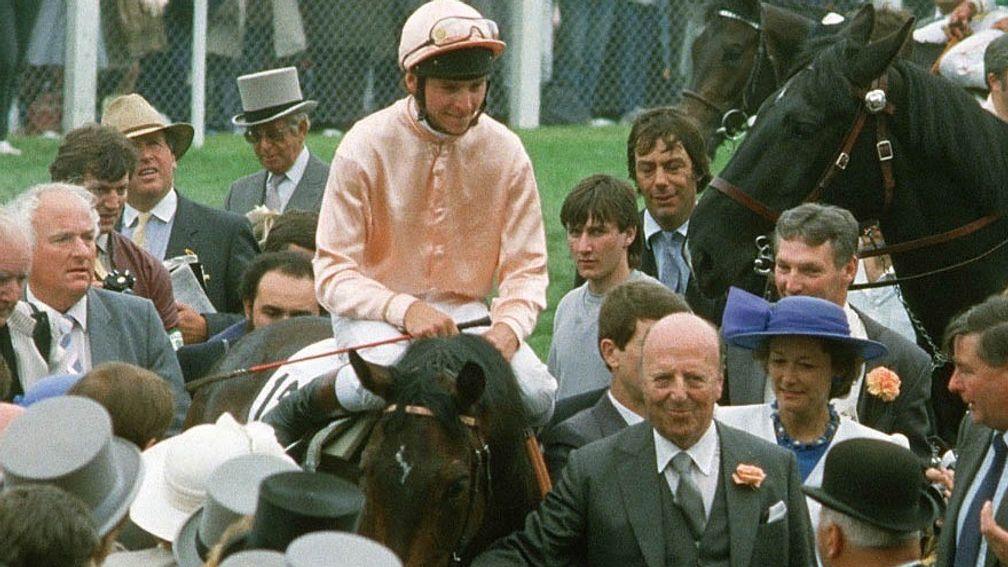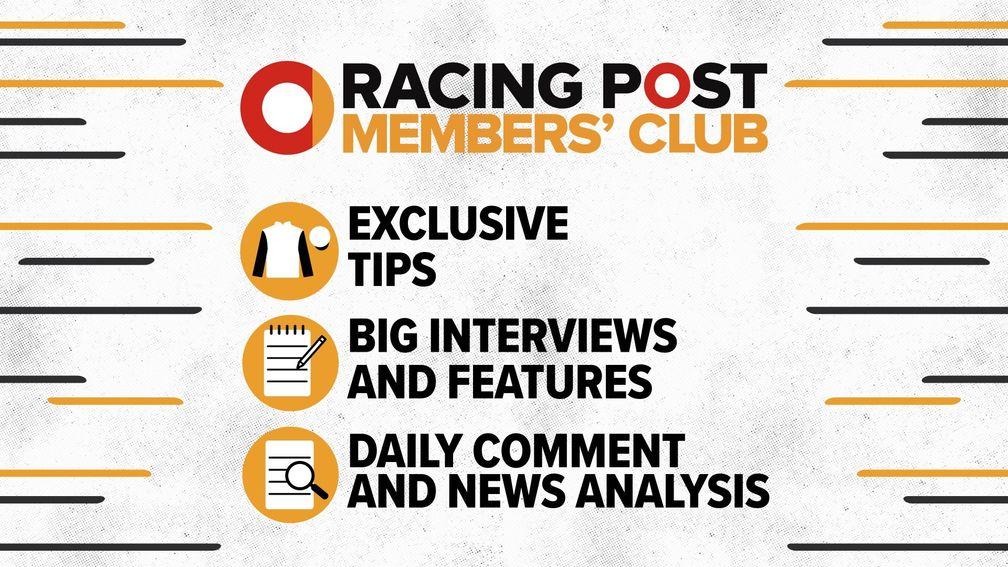A forensic dissection of how Steve Cauthen revolutionised the art of race-riding

Steve Cauthen explained in a recent interview in this newspaper how he managed to ride two all-the-way winners of the Derby – and a subsequent appearance in our series on great racing pioneers underlined just how rare an achievement that was.
Cauthen's victories at Epsom on Slip Anchor in 1985 and Reference Point in 1987 highlight better than any statistic the innate gift the 'Kentucky Kid' brought to the saddle given only five horses had managed to make every yard of the running in the previous 200 years, and none since 1926.
The two rides are regarded as not only among the finest of his career, but the finest in Derby history.
In Steve Cauthen: English Odyssey, author Michael Tanner unpicks in forensic detail exactly how Cauthen deployed these tactics, not only at Epsom but throughout his 14-year stint riding in Britain.
The book charts the rider's arrival from the United States in 1979 at a time when the household names of Piggott, Eddery and Carson were the established order on the Flat. Yet Cauthen would do more than any other to revolutionise the art of riding racehorses in Britain.
He completely changed the sport's thinking regarding front-running tactics, while the toe-in-iron and flat-back technique used almost universally among jockeys in Britain today was unheard of before he arrived.
There are some in the sport still reluctant to be guided by the stopwatch but Tanner was one of the first disciples of sectional timing in Britain and watching Cauthen ride to the ticking clock in his head clearly left a lasting impression.

He not only relates with wonderful accuracy one big-race ride after another when the American called the tune from the front, he breaks down the sectionals and why they were so effective at the track in question. It is an education as much as a pleasure to relive.
Because the book recalls the Classics, Eclipses and King Georges so vividly, you will find yourself drawn to YouTube to watch his captivating words come to life. That is not a criticism – the polar opposite in fact – but it may take you a little longer than expected to complete what is a stonking good read.
If there is one minor disappointment, it is that Cauthen's voice is not heard a little more frequently. When he does speak, there is never a word wasted, but the book does leave you wanting just a little more from the man himself.
Having said that, this is not an autobiography, rather the tale of the rider's English Odyssey and Tanner is a wonderful narrator of the story.
The use of newspaper headlines and the words of the lucky reporters who were on hand to witness some of Cauthen's greatest feats in the flesh transports the reader back in time.
The voices and memories of the likes of Robert Sangster, who initially brought Cauthen to Europe, Jimmy Lindley, who educated the young rider on the intricacies of British racecourses, Barry Hills, who became a father figure, and Sir Henry Cecil, for whom the rider enjoyed countless success, also add further colour to a remarkable story.

Join Members' Club Ultimate and read tipping from the likes of Pricewise and Paul Kealy, all the big interviews and features, daily comment and news analysis – plus our Ultimate Daily newsletter. Click here to sign up.
Published on 10 December 2021inFeatures
Last updated 18:16, 10 December 2021
- Government says it is working 'at pace' to have white paper measures in force by the summer
- 'The only thing you can do is lie fallow and regroup' - Meades to return with scaled-back operation following blank period
- The Gambling Commission has launched its new corporate strategy - but what are the key points?
- 'It was tragic it happened to Paddy but it was a good thing for the jockeys who followed - good came out of bad'
- Acquisitions, exits and retail resilience - what we learned from Flutter and 888's results
- Government says it is working 'at pace' to have white paper measures in force by the summer
- 'The only thing you can do is lie fallow and regroup' - Meades to return with scaled-back operation following blank period
- The Gambling Commission has launched its new corporate strategy - but what are the key points?
- 'It was tragic it happened to Paddy but it was a good thing for the jockeys who followed - good came out of bad'
- Acquisitions, exits and retail resilience - what we learned from Flutter and 888's results